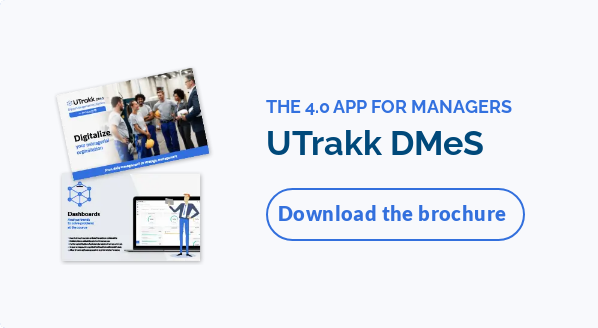MISTAKE #3: Underestimating tool adoption and human management as technology leader

Digital transformation involves change management, which can be very significant. Operating methods evolve and not everyone has the same capacity or ease of adaptation to deal with that. Organizations often make the mistake to think that the process ends once the technology has been chosen and installed.
The risk: underuse or abandonment of the technology
Approximately half of all technology integration projects fail due to poor implementation. A perfectly targeted and flexible tool will never be used to its full potential (if not simply discarded) if users do not integrate it into their work routine.
Solution: plan a budget, time and support for the implementation
To ensure that users get the most out of their new tool, you must take the time to support them in their daily use so that they understand and adopt the new expected behavior. Training super-users within the organization also ensures that there are always technology leaders ready to help others.
In the case of a management support tool like UTrakk, it was natural for the Proaction International team to offer change management and coaching for users—this is our specialty. But regardless of the technology and the domain, a good implementation is an essential part of the investment required to ensure an optimal long-term ROI.
Avoid these 3 mistakes and succeed in your digital transformation
Many organizations simply forget to give sufficient consideration to end users when choosing a new technology tool. On top of that, they expect them to cast aside some of the best practices they have developed to fit into an artificial straitjacket, and without accompanying them in the adoption of the new technology. These are the top three errors that lead right to digital transformation failure.
For a successful transition to Industry 4.0, be sure to:
- Involve end users in the decision-making process and deployment of new technologies (e.g., operations);
- Choose a flexible technology that fits the organization’s unique best practices;
- Plan the implementation of the solution, accompany users in the adoption, and train super-users as technology leaders.
In this way, your digital transformation can truly create value that will reflect positively on the entire organization.
Do you want to implement a tool to assist your managers and support a more proactive communication structure? UTrakk adapts to the reality of your operations and our experts accompany your teams for optimal implementation and long-term results.
Schedule a personalized meeting with one of our specialists to learn more about UTrakk and how we can help you achieve your business goals.











